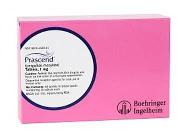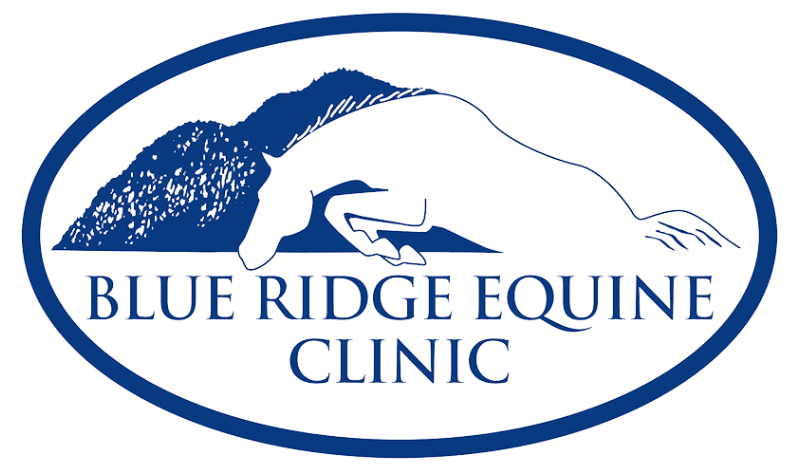Equine Medication Prices: Why Can’t I Get Something Cheaper?
First, it is important to clarify the terminology. Both name-brand and generic PrascendFDA-approved medications are manufactured and labeled according to standards set by the Food and Drug Administration, a government agency charged with, among other things, assuring that medications are safe and effective.

In April of 2009, 21 polo ponies died as a result of the administration of a selenium product that, because of a clerical error, was 10 times more concentrated than it should have been according to the label. Similarly, this year, 4 horses died and 6 more were sickened when they received a pyrimethamine/toltrazuril combination in which the amount of one of the drugs was inappropriate. (Toltrazuril is not approved for use in the United States, so any complications from the use of these drugs could potentially put the prescribing veterinarians in an awkward spot with the FDA.
Compounding concerns are not limited to veterinary medicine, however. In the fall of 2012, reports began to surface of people suffering from fungal meningitis after having spinal injections with compounded steroids. Sixty four people have died, and 700 more are under long-term treatment for persistent infections. The fungus was isolated from the room in which the drug was prepared.
In addition to safety concerns, the formulation of compounded medications does not always provide the active ingredient in a form that the body can use properly to achieve the desired effect. There are a few important examples of this in equine medicine one of which is omeprazole. The FDA-approved omeprazole products (GastroGard® and UlcerGard®) are very expensive to use, driving the desire for a less expensive alternative. Unfortunately, omeprazole is very difficult to formulate in a way that it is useful to horses. In order to be useful, the drug must pass through the stomach to be absorbed in the small intestine, then travel through the blood to the acid-producing cells in the stomach, where it blocks the cellular pumps that produce acid. The challenging part of this is the fact that omeprazole is inactivated by acid, which fills the stomach. GastroGard® is made using a patented process that encapsulates the drug into enteric-coated microspheres that are kept in suspension; the omeprazole is protected from the acid in the stomach so that it can be absorbed in the small intestine. Other formulations of omeprazole which use antacids and buffers in an attempt to protect it through the stomach have consistently failed to achieve blood levels of omeprazole that are sufficient to be effective. (Birkmann et. al, J Vet Int Med 2014) Another related issue is that there is no assurance that the concentration of active ingredients listed on the label is what is actually in the product. Variations from label claims have been documented in numerous compounded medications.
Furthermore, the veterinarian her/himself is bound by law. It is permissible to compound medications, which is good since it is also necessary in many occasions. However, it is not permissible if an effective FDA alternative is available. Conditions that allow for using compounded products include availability (when pergolide was first off of the human market, only compounded pergolide was available for horses) and patient factors (an infant can’t take a pill, an individual is allergic to a dye or filler in an approved product). The cost of a medication is NOT a legal justification for using a compounded product. A doctor or veterinarian who prescribes a compounded medication inappropriately bears all of the legal responsibility for that medication, and is 100% culpable if something goes wrong.
All this is not to say that there is no place for compounding pharmacies in human and veterinary medicine. There are many very reputable pharmacies that have high standards for production and are very concerned about product quality. These pharmacies make available to practitioners medications that, for one reason or another, are not available in an FDA-approved form. However, it is important to realize that when a veterinarian prescribes such a drug, he or she is personally taking on the full responsibility of standing behind that product, and there may be a number of very good reasons not to do so in a particular circumstance. If you have a question about a product, the best way to learn more is to open a dialogue with your veterinarian to determine the best, most cost-effective product for your horse.

